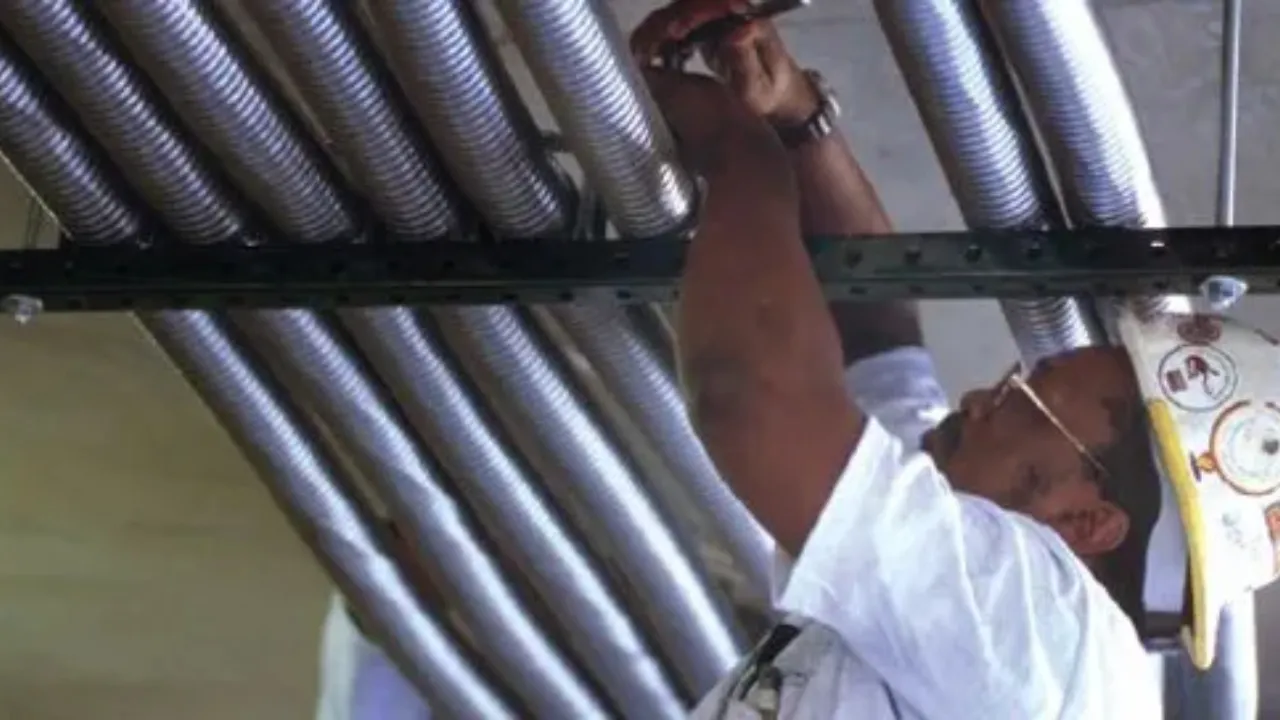Dec . 01, 2024 00:07 Back to list
flexible rubber expansion joint
The Importance and Applications of Flexible Rubber Expansion Joints
Flexible rubber expansion joints are critical components in various industrial systems, serving to absorb vibrations and accommodate movements caused by thermal expansion, misalignment, or mechanical fatigue. These joints are made from durable rubber materials that can withstand various environmental conditions, making them ideal for many applications.
One of the primary functions of flexible rubber expansion joints is to absorb thermal expansion and contraction in piping systems. As fluids within pipes heat up, they expand; conversely, when they cool, they contract. Without appropriate mechanisms to accommodate these changes, pipes can develop stress points that can lead to leaks, ruptures, or even complete failure. By introducing flexible rubber expansion joints, the system can accommodate these movements, ensuring longevity and reliability.
In addition to thermal variations, flexible rubber expansion joints also play a pivotal role in mitigating vibrations within machinery. Industrial equipment, such as pumps, compressors, and turbines, often experiences significant vibrations during operation. These vibrations can lead to wear and tear on pipes, connections, and other components. By using flexible rubber expansion joints, the transmission of vibrations through the piping system can be reduced, minimizing the risk of damage and enhancing system stability.
flexible rubber expansion joint

The versatility of flexible rubber expansion joints extends to a multitude of applications across various industries. In the water treatment sector, for instance, these joints are commonly used in wastewater systems to handle the dynamic stresses caused by changes in flow rates and pressure fluctuations. In the HVAC (Heating, Ventilation, and Air Conditioning) industry, they are employed to absorb movement and vibrations in duct systems, ensuring efficient and quiet operation.
Moreover, flexible rubber expansion joints are essential in the chemical processing industry, where they can handle aggressive chemicals and extreme temperatures. These joints are designed with specific materials that resist corrosion and degradation, providing a long service life in challenging conditions. The ability to customize these joints according to the specific needs of the application further enhances their utility and effectiveness.
Installation of flexible rubber expansion joints is relatively straightforward, making them a cost-effective solution for many industrial applications. Proper installation is crucial, however, as it ensures the joints function effectively and achieve their intended lifespan. Regular maintenance checks are also recommended to monitor wear and performance, ensuring that the joints remain in optimal condition.
In summary, flexible rubber expansion joints are indispensable in modern industrial systems. They provide essential functions, such as absorbing thermal expansions, reducing vibrations, and accommodating misalignments, thereby enhancing the overall efficiency and longevity of piping systems. Their adaptability across different industries, coupled with their durability and ease of installation, makes them a preferred choice for engineers and facility managers alike. As industries continue to develop and expand, the demand for reliable and efficient solutions, such as flexible rubber expansion joints, will undoubtedly increase, underscoring their importance in future industrial innovations.
Share
-
Reliable Wafer Type Butterfly Valves for Every IndustryNewsJul.25,2025
-
Reliable Flow Control Begins with the Right Ball Check ValveNewsJul.25,2025
-
Precision Flow Control Starts with Quality ValvesNewsJul.25,2025
-
Industrial Flow Control ReliabilityNewsJul.25,2025
-
Engineered for Efficiency Gate Valves That Power Industrial PerformanceNewsJul.25,2025
-
Empowering Infrastructure Through Quality ManufacturingNewsJul.25,2025


